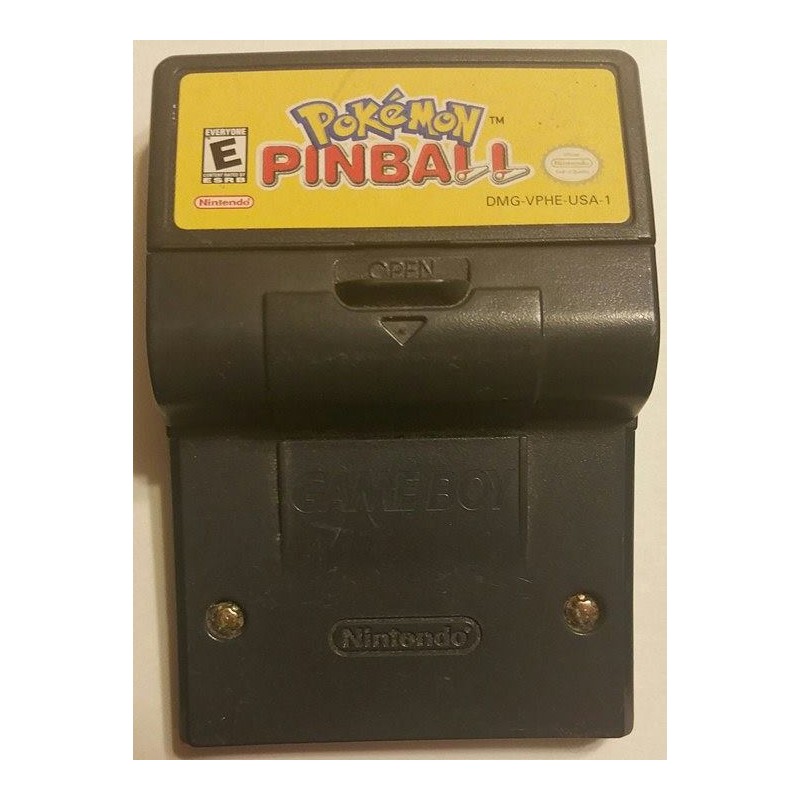
While the Nintendo e-Reader may not be the most essential piece of equipment that Nintendo has ever made, there were reams of potential available. The interface is easy to work with and understand, and anyone lucky enough to possess the Nintendo e-Reader along with a handful of cards (and of course a GBA) will be playing in no time. A steady, leisurely slide is needed rather than the swift swipe many of us are used to doing with credit cards. At first I feared my e-Reader was broken, but I figured out that I was swiping the cards too fast. The scanner inside is as responsive as one could ask for. The unit is a bit bulky whether on top of the GBA or connected to the bottom of the GBA SP, but I’m sure Nintendo made the device as small as possible.

Everything plays as smoothly as any GBA game with the same quality graphics and sound, and devoid of any glitching one might expect. So fascinating has the e-Reader been that I’ve spent all of my self-allotted video gaming hours playing and experimenting with it.

I only became aware of this fine piece of video gaming equipment recently, and received it about a week prior to writing this. I realize that so far this has been more of a description rather than a review, but a device as unique and obscure as the e-Reader deserves some explanation. Simulation of swiping a card through the e-Reader. The e-Reader was so unpopular with Western audiences that a European release never materialized, though a few European versions were manufactured. As novel as this device was (and still is), it would be discontinued after a short year and change in North America though its popularity persisted in Japan.

The cards are swiped through the e-Reader like a credit card, and actual data is generated from the dot codes rather than the codes simply unlocking data already present in the add-on. It reads what are called “dot codes,” which are printed on the edges of cards. Inside of the e-Reader is a small red laser, similar to the scanners of UPC labels. At first glance, the term “e-Reader” may evoke thoughts of Kindles, Nooks, and other such electronic reading devices, but back then the “reader” part of the name referred to the device’s ability to read codes printed on cards. In all, only about twenty games were released for the system until it was discontinued in 2000, having been deemed as a commercial failure.Late in 2002 (2001 in Japan), Nintendo would release an interesting add-on for the Game Boy Advance (GBA) known as the e-Reader. Sega did not actually make the games themselves, but outsourced the development to Tiger. Tiger had previously created handheld LCD games for Sega franchises (such as Sonic the Hedgehog), so Sega granted Tiger permission to use some game licenses for their system. This console was notable for sporting many ambitious features, including a touch screen, PDA functions (phone book, calendar, and calculator), and internet connection functionality -functions that would later be implemented into the vastly more successful Nintendo DS. Sonic the Hedgehog 2 on Sonic Jam for the. The console, however, ended up competing with many other handheld video game consoles, such as the Neo Geo Pocket Color, Sega Nomad, and Game Boy Color.

#GAME BOY COLOR MICROSOFT PINBALL ARCADE UPC PORTABLE#
The was originally developed to compete directly against Nintendo's monochrome Game Boy portable console. The (pronounced as Gamecom) is a monochrome handheld game console manufactured and sold by Tiger Electronics.


 0 kommentar(er)
0 kommentar(er)
